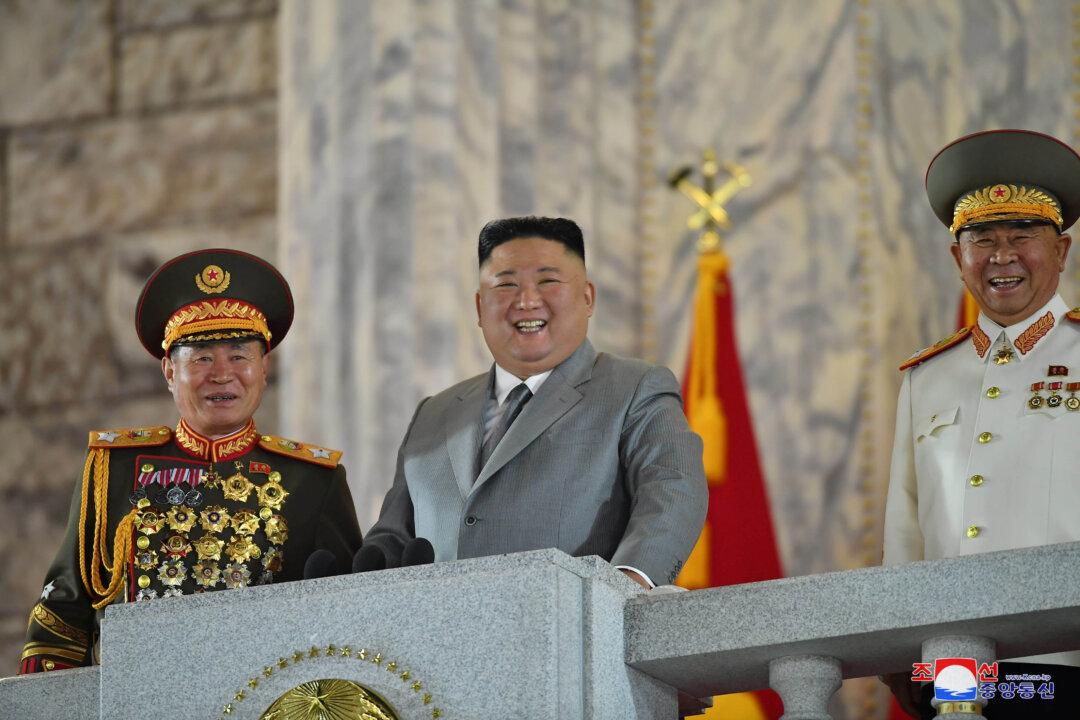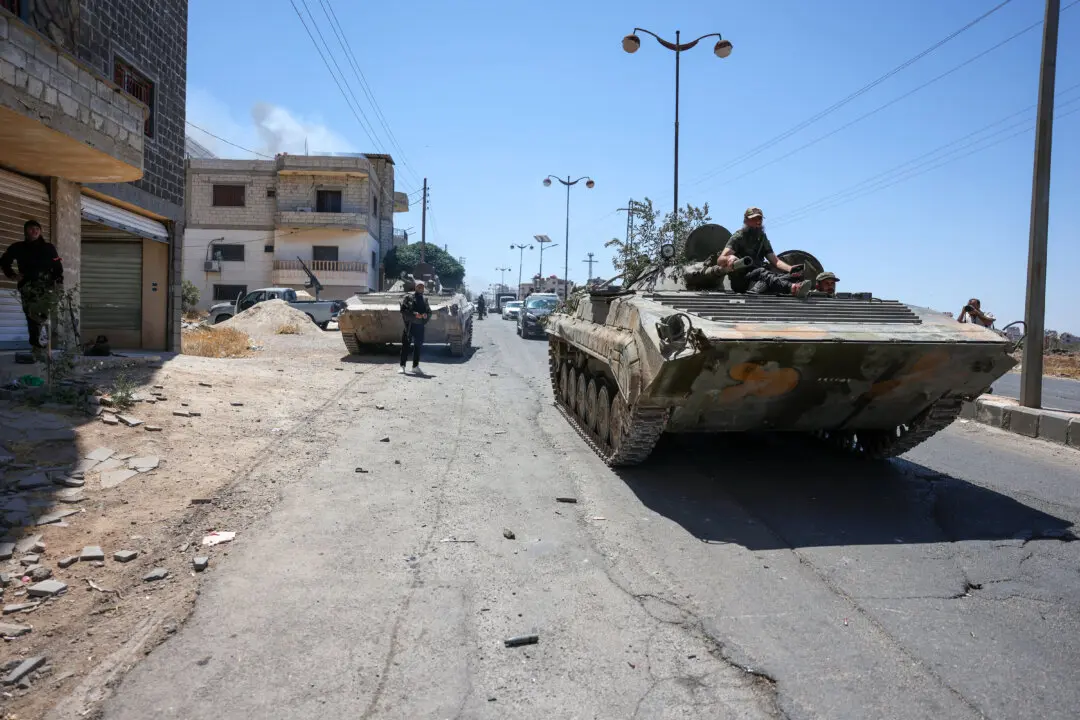An American has crossed the heavily fortified border from South Korea into North Korea, officials confirmed on Tuesday, amid high tensions over Pyongyang’s nuclear program.
The U.S.-led U.N. Command overseeing the demilitarized zone, or DMZ, confirmed that the U.S. citizen was on tour around the Korean border village of Panmunjom before crossing the border into North Korea without proper authorization. There were also reports saying that the man who crossed the border is an American soldier.





